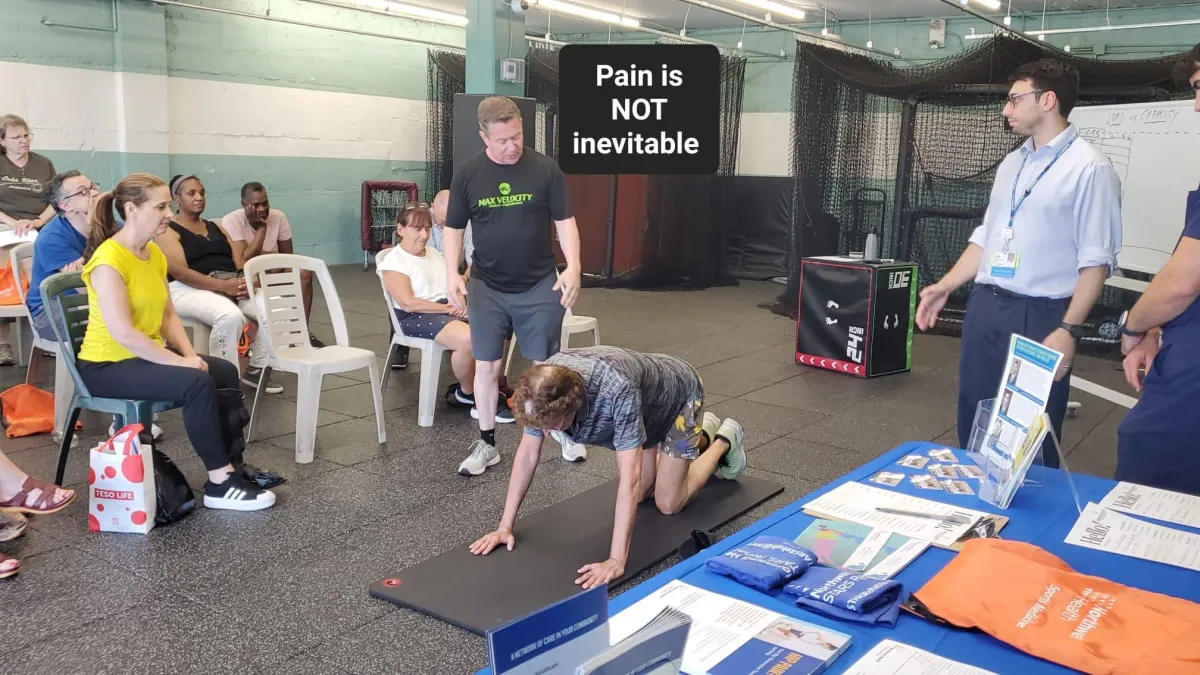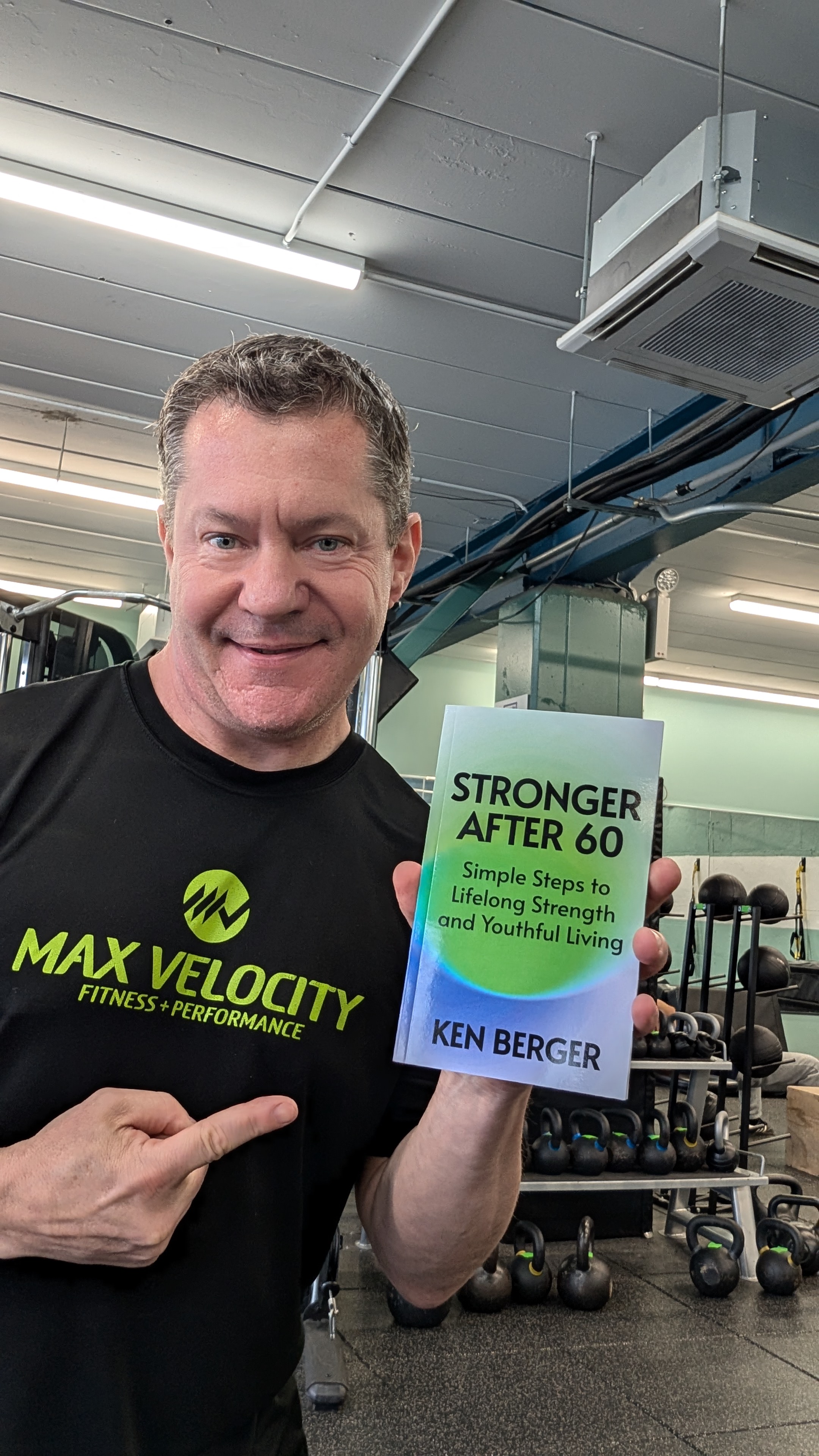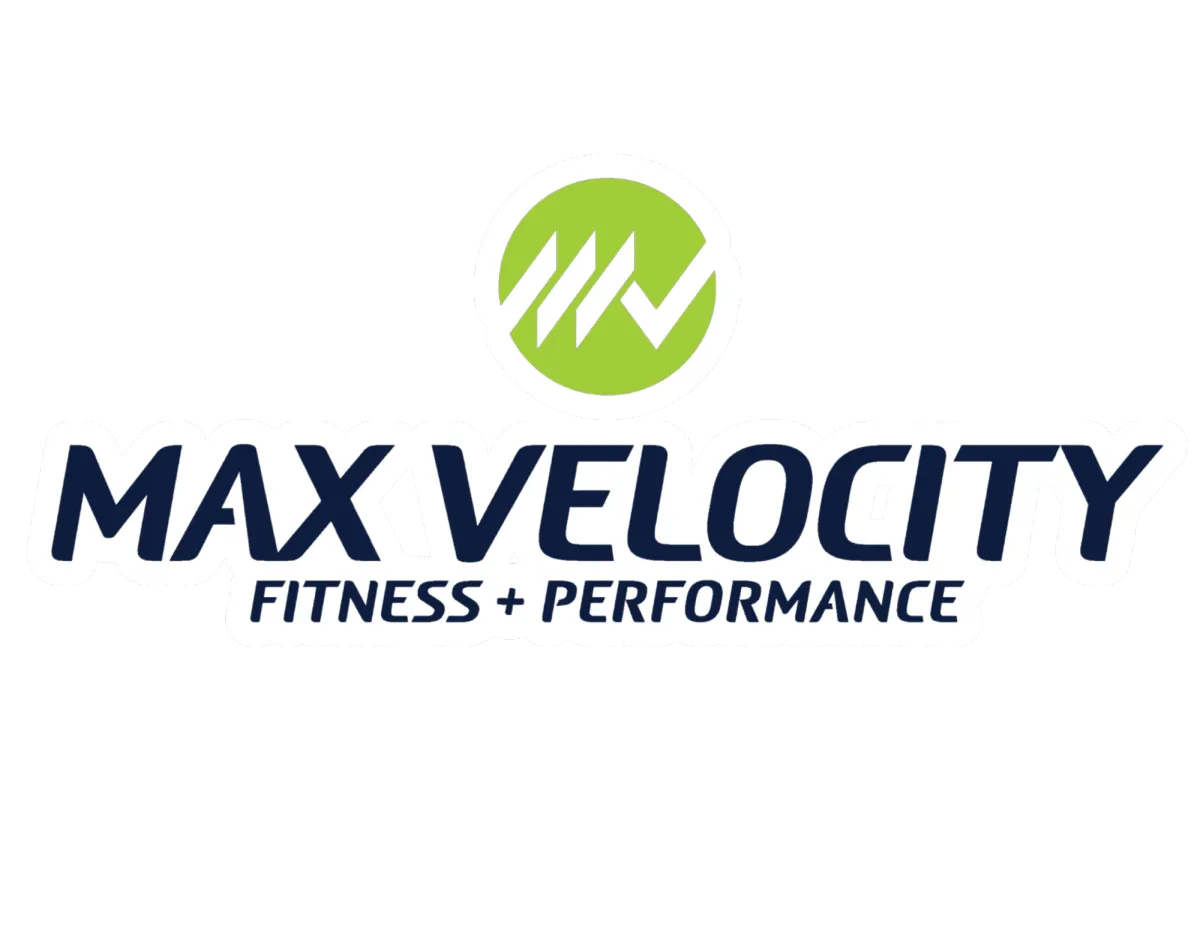

Pain and the mind-body connection
By Ken Berger
Perhaps you’ve heard about the “mind-muscle connection.” It’s the concept that, when we’re lifting weights, we want to focus and concentrate our mind on the muscles we’re using while they’re contracting.
If we do that, we’re going to strengthen the mind-muscle connection and get better results from our strength and muscle-building efforts.
But as we discussed in my recent workshop with Northwell Health, there’s also a mind-body connection when it comes to pain.
And pain is usually the No. 1 factor that causes someone to delay or discontinue an exercise program.
And since strength training is the No. 1 antidote to the muscle-losing effects of aging, learning how to manage pain effectively is one of the most important skills you can acquire.
How do we do this?
Photo Credit: Wing Kong

As mentioned in the workshop with Dr. Kevin Cipriano, Northwell’s sports medicine expert, and Dr. Gregg Kaplan, clinical supervisor at STARS Rehabilitation in Bayside, pain is about much more than the muscle, ligament and tendons where we feel it.
It’s about the nerves running throughout our bodies … and how all feelings and experiences lead back to our brain.
The Mind-Body Connection in Pain Management and Exercise
Pain is complex. It's not just a physical sensation, but rather a combination of physical, mental and emotional factors. When it comes to managing pain through exercise, understanding this mind-body connection can determine how effectively we manage, reduce and even eliminate pain.
When it comes to pain, how much is physical and how much is mental? Research suggests it's a mix of both. While pain often starts with a physical trigger, our brain plays a big role in how we perceive and respond to it. Studies show that the brain can amplify or dampen pain signals, influenced by our thoughts, emotions and past experiences.
The power of expectation is strong. People who've dealt with chronic pain can develop a habit of anticipating pain, which can make them more sensitive to it. This is called “pain catastrophizing.” It's like their brain gets stuck in a loop, always on high alert for pain. This heightened awareness can make pain feel worse than it actually is.

Photo Credit: Wing Kong
But here's the good news: We can use this mind-body connection to our advantage. A positive mindset can be a powerful tool in pain management, especially when it comes to exercise. Here's how:
1. Reframing pain: Instead of seeing pain as a sign of damage, try viewing it as a signal that your body is working and getting stronger. This shift in perspective can make exercise feel less threatening. If you’re working with an educated, experienced trainer and keeping pain below a 3 on a scale of 1-10, you’ll be able to enjoy your favorite activities safely and without limitation.
2. Setting realistic goals: Start small and celebrate every achievement. This builds confidence and motivation, which can help override pain signals.
3. Mindfulness: Practices like meditation can help you observe pain without getting caught up in negative thoughts about it. This can reduce anxiety and make pain feel more manageable.
4. Positive self-talk: Encourage yourself during exercise. Phrases like "I can do this" or "This is helping me get stronger" can boost your mood and pain tolerance.
5. Focus on function, not pain: Instead of asking "How much does this hurt?", ask "What can I do today?" This shifts attention from pain to progress.
6. Social support: Exercising with others or sharing your progress can provide emotional support and distraction from pain.
Research backs up these approaches. A study in the Journal of Pain found that positive pain beliefs were associated with better physical functioning in people with chronic pain. Another study in Pain Medicine showed that a positive outlook on pain management led to better outcomes in rehabilitation programs.
Remember, pain is real … but suffering is optional. By understanding the mind-body connection and cultivating a positive mindset, you can work with your pain instead of against it. This approach can help you stick to an exercise program, improve your overall well-being and regain control over your quality of life.
If you're ready to leave pain in the past and start enjoying all the activities you love without restriction, you should get a FREE Action Plan with me this week. In this focused, 10-minute chat, we'll explore what's holding you back from living a life you love and map out a customized plan for you top overcome it. No risk, no obligation ... just me helping you enjoy a better quality of life. To get your FREE Action Plan, click the button below.
Want To Learn More First? Download A FREE Copy Of My Best-Selling Book ... Stronger After 60!
My new best-selling book, Stronger After 60, is your ultimate guide to optimal health, fitness and longevity through the power of science and healthy habits.
Stronger After 60 will change the way you think about aging. This book is designed for real people who want simple solutions to maintain their strength and youthful energy while enjoying the best things in life without restriction. It’s your roadmap to longevity, wellness and enjoying your 60s and beyond like someone half your age.

And TODAY, You Can Get Your Very Own Copy of Stronger After 60 ... for FREE!
Just click the button below, fill out your info, and a copy of Stronger After 60
will be on its way to your inbox in seconds!
Don't miss out on this life-changing opportunity. Get your FREE copy of Stronger After 60 NOW.




